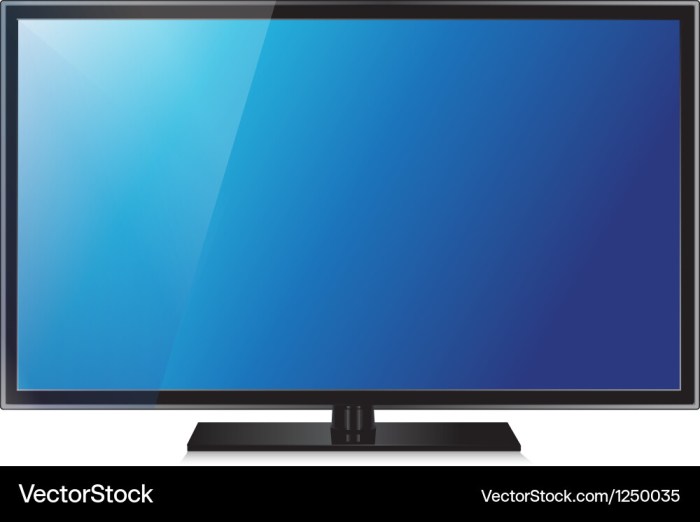Which of the following display technologies require backlighting select two – In the realm of display technologies, backlighting plays a pivotal role in illuminating the visual experience. This article explores the concept of backlighting, identifies the display technologies that rely on it, and examines the advantages and disadvantages associated with its use.
By understanding which display technologies require backlighting, we gain insights into the fundamental principles that govern the creation of vibrant and captivating digital images.
Backlighting serves as a crucial component in enhancing the visibility and clarity of displayed content. It provides a uniform light source that illuminates the display panel, enabling users to perceive images and text with greater ease. However, not all display technologies necessitate the use of backlighting.
Backlighting Technologies: Which Of The Following Display Technologies Require Backlighting Select Two

Backlighting is a technique used in display technologies to illuminate the display from behind, allowing users to view the content even in low-light conditions. It involves placing a light source behind the display panel, which shines through the panel to create a bright and visible image.
Display Technologies Requiring Backlighting, Which of the following display technologies require backlighting select two
Two display technologies that require backlighting are:
- Liquid Crystal Displays (LCDs): LCDs use a liquid crystal material that changes its orientation when an electric current is applied. The orientation of the liquid crystals controls the amount of light that passes through the display panel, creating the image.
- Plasma Display Panels (PDPs): PDPs use small cells filled with plasma gas that emit light when an electric current is applied. The intensity of the light emitted controls the brightness of each pixel, creating the image.
Both LCDs and PDPs require backlighting because the liquid crystals and plasma gas do not emit light on their own. The backlight provides the necessary illumination for the display panel to produce a visible image.
Advantages and Disadvantages of Backlighting
Advantages:
- Enables viewing in low-light conditions
- Provides consistent brightness across the display panel
- Improves image quality and color accuracy
Disadvantages:
- Can increase power consumption
- May cause uneven brightness or light bleeding in some cases
- Can reduce the lifespan of the display panel over time
Alternatives to Backlighting
Some alternative display technologies that do not require backlighting include:
- Electrophoretic Displays (EPDs): EPDs use charged particles suspended in a fluid to create an image. The particles move when an electric field is applied, changing the color of the display.
- Organic Light-Emitting Diodes (OLEDs): OLEDs use organic materials that emit light when an electric current is applied. Each pixel in an OLED display is self-illuminating, eliminating the need for backlighting.
These alternatives offer advantages such as lower power consumption, improved image quality, and increased flexibility, but may also have limitations in terms of cost, brightness, and lifespan.
FAQ Overview
What is the purpose of backlighting in display technologies?
Backlighting provides a uniform light source that illuminates the display panel, enhancing the visibility and clarity of displayed content.
Which display technologies require backlighting?
LCD and LED displays require backlighting to function properly.
What are the advantages of using backlighting in display technologies?
Backlighting offers advantages such as enhanced visibility, improved color accuracy, and wider viewing angles.
What are the disadvantages of using backlighting in display technologies?
Backlighting can introduce potential drawbacks related to power consumption, cost, and reduced battery life in portable devices.


